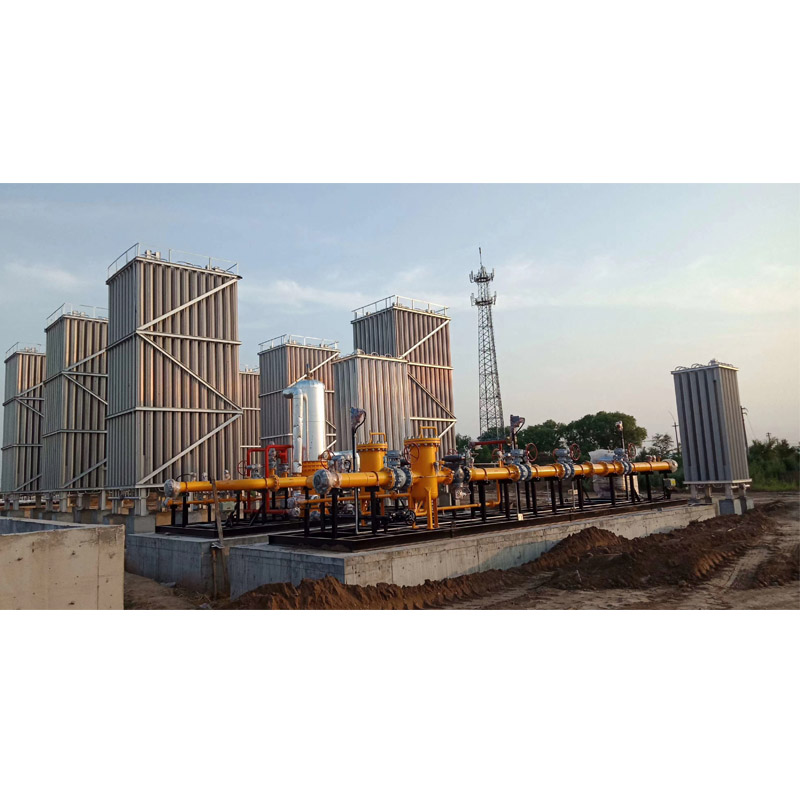
8 月 . 01, 2024 03:03
Back to list
Understanding the Importance and Functionality of Relief Valves in Industrial Applications
Understanding Relief Valves Essential Components for Safety and Functionality
Relief valves are critical devices used in various industrial applications to ensure safety and maintain system integrity. Their primary function is to protect equipment and personnel from the potentially disastrous consequences of overpressure conditions. When fluids in a system exceed their designated pressure limits, relief valves automatically open to release excess pressure, thereby preventing potential failures, explosions, or other hazardous situations.
Types of Relief Valves
There are several types of relief valves, each designed for specific applications and operational needs. The most common types include
1. Spring-Operated Relief Valves These valves use a mechanical spring to close the valve. When the pressure increases beyond a preset level, the force exerted by the fluid overcomes the spring force, allowing the valve to open and relieve excess pressure.
2. Pilot-Operated Relief Valves In these valves, a pilot system controls the main valve. A smaller pilot valve acts as a sensing element, opening the main valve only when the pressure exceeds a predetermined threshold. This type of valve is often preferred for high-pressure systems due to its ability to manage larger flow rates and pressures more efficiently.
3. Blow-off Valves Common in gas systems, blow-off valves are designed to instantly release pressure to prevent the system from reaching dangerous levels. They are particularly prevalent in automotive applications, such as turbocharged engines.
Importance in Industrial Systems
relief valve

Relief valves play a vital role across various sectors, including oil and gas, chemical processing, water treatment, and power generation. In these industries, maintaining proper pressure levels is crucial for operational efficiency and safety. A failure to control pressure can lead to catastrophic failures, resulting in costly downtime and potential hazards to workers and the environment.
In oil and gas facilities, relief valves safeguard against high-pressure surges that may occur during extraction and refining processes. In chemical plants, they prevent the buildup of pressure that could lead to hazardous chemical reactions. Water treatment facilities rely on relief valves to manage pressure in pipelines, ensuring safe water delivery to communities.
Maintenance and Best Practices
To ensure the effective operation of relief valves, regular maintenance is essential. Operators should conduct routine inspections and testing to verify that valves open and close at the appropriate pressure settings. Corrosion, debris, and mechanical wear can affect performance, so maintaining a clean and well-functioning valve is critical.
Moreover, operators must adhere to industry standards and regulations regarding relief valve installation and maintenance. This includes proper sizing based on the application's specific requirements, ensuring that the relief valve is capable of handling the anticipated flow rates and pressure levels.
Conclusion
Relief valves are indispensable components for industrial safety and operational efficiency. By automatically managing excess pressure, these valves protect both equipment and personnel from potentially dangerous situations. Understanding the types, functions, and maintenance requirements of relief valves is essential for engineers and operators in various industries. By prioritizing the effective use of relief valves, organizations can minimize risks, enhance safety, and ensure the smooth operation of their systems. Properly designed, maintained, and monitored, relief valves are key to preventing accidents and promoting a safe working environment.
Latest news
-
Unlocking The Quality Gas Pressure ReducersNewsNov.01,2024
-
The Role of Gas Pressure Reducing StationsNewsNov.01,2024
-
The Importance and Functionality of Safety Relief ValvesNewsNov.01,2024
-
The Essential Role of Safety Valves in Natural Gas ApplicationsNewsNov.01,2024
-
The Essential Role of Gas Pressure RegulatorsNewsNov.01,2024
-
Enhance Your Premium Gas FiltersNewsNov.01,2024

